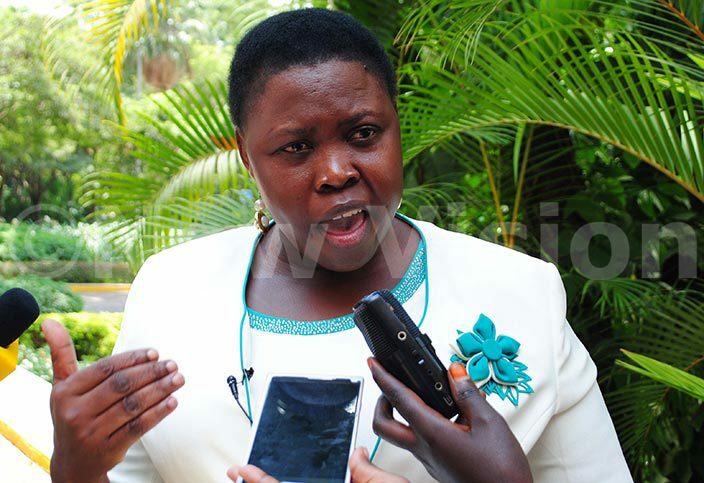Survey results raise questions over use of nets to control malaria
The survey results, compiled from 2011 to March 2016, were presented at an infectious disease research collaboration symposium at the Kampala Serena Hotel yesterday, and seek to induce more research to build on the findings to find a "lasting" solution to the killer disease.
New survey results raised questions over government's primary intervention in stopping malaria: the nationwide distribution of treated mosquito nets, after findings indicated a "modest" difference in prevalence before and after the most recent distributions.
The survey results, compiled from 2011 to March 2016, were presented at an infectious disease research collaboration symposium at the Kampala Serena Hotel yesterday, and seek to induce more research to build on the findings to find a "lasting" solution to the killer disease.
The health ministry distributed 21 million nets (worth sh320b) to about 34 million people three years ago. It is planning another nationwide distribution of 24 million long lasting insecticide treated bed nets (worth the same amount) later this year.
 Minister of State for Primary Health Care Joyce Moriku Kaducu during the 3rd national quality improvement Conference at Serena Hotel Photo by Mary Kansiime
Minister of State for Primary Health Care Joyce Moriku Kaducu during the 3rd national quality improvement Conference at Serena Hotel Photo by Mary Kansiime
But, after, the IDRC results, questions intensified on whether another distribution would be value for money and the best way to fight the disease.
"We may have to carry out further research to find out where the problem is: are the nets not effective or people are not using them. Or do we need another intervention?" study coordinator Dr. Agaba Katurebe said presenting the findings.
The interventions impact assessment study focusing on national distribution of long lasting insecticide treated mosquito nets and Indoor Residual Spraying was conducted in three districts, with varied malaria incidences.
Nagongera sub county was selected from in Tororo district as a high burden area, Walukuba subcounty in Jinja as a semi (high burden), and Kihihi sub county in Kanungu district as a least burden area.
Research data was collected months (26 to 18) prior to the 2014 national distribution at the three sites, targeting 200 households at each. After the nationwide distributions, additional data was compiled for comparison purposes.
"Twenty one (21) million nets were distributed to a population close to 34 million. We wanted to determine whether or not at least two people per house hold had a net before they went to bed," the doctor said.
"We also wanted to determine if there was any reduction in incidence cases (in the areas) as result of the distributions," he said.
But findings indicated a "moderate difference" in malaria incidences (at the three sites) before and after the distributions, suggesting that the intervention may not be that 'effective' in stopping the disease which kills the most in Uganda.
Also, slightly above 60 individuals in every 100 were sleeping under a bed net, when the intervention hoped to cover 100%.
There have been some cases of individuals not using the nets (reported in papers), but the figures do not seem to give the country value for money and a hope in the intervention in the prevention of the disease.
The study also showed a "falling efficacy" in the pyrethroid drug 'injected' in the nets to keep them potent, especially after a year and raised questions of resistance.
Only IRS seemed to post immediate effect. It reduced prevalence from over 60% to 10% in the site at Tororo district.
However, acting director general of health services Dr. Anthony Mbonye said the seeming bed net 'ineffectiveness' could point to a lack of health seeking behavior common in the population and how the nets were used.
"But we have to provide accountability to the public. The nets cost a lot of money. We need to benefit a lot from them," he said.
Why not rollout IRS?
Malaria consultant Dr. Myers Lugemwa said IRS gave the best immediate results, but was a lot expensive. It costs about 70 dollars to spray a household.
"We have to focus on a combination of interventions to prevent and eradicate malaria. IRS alone too would not protect us. We also need mosquito nets, because, apart from the insecticide they carry, they provide a physical shield between man and the vector (female anopheles)," he said.
Meanwhile, the malaria resurgence in northern Uganda does not want to go away, with approximately 6 out of 10 persons in the region carrying plasmodium parasites.